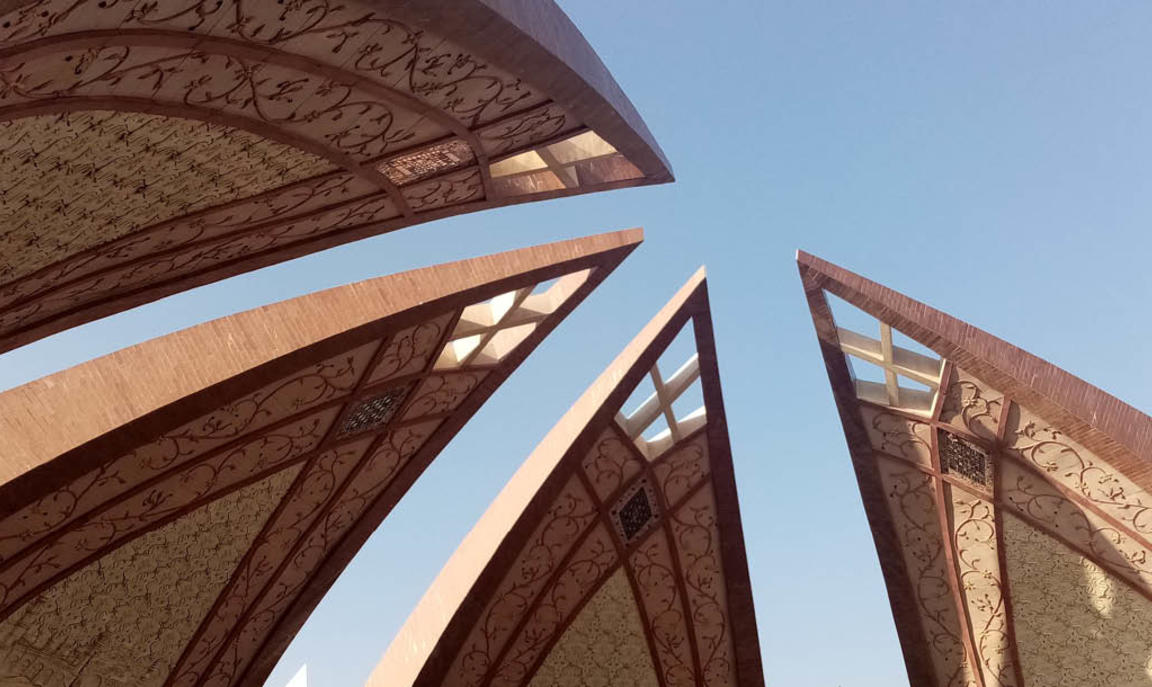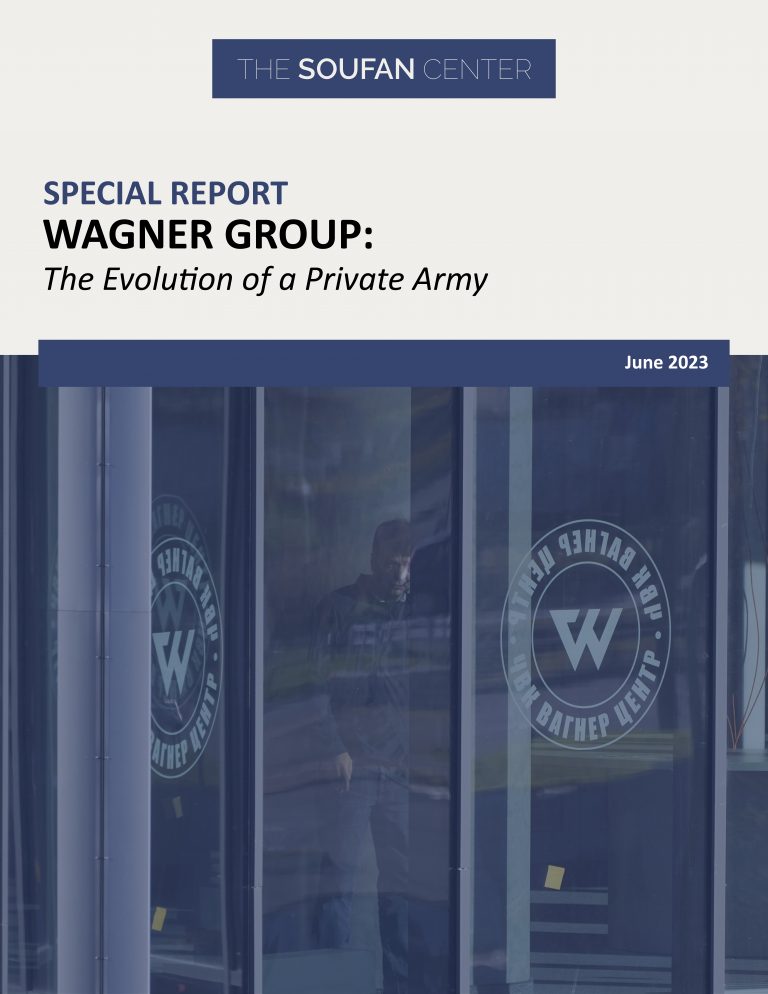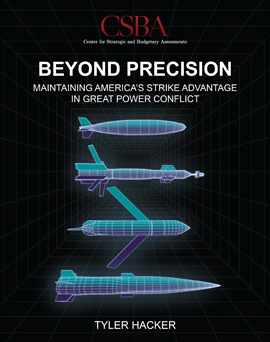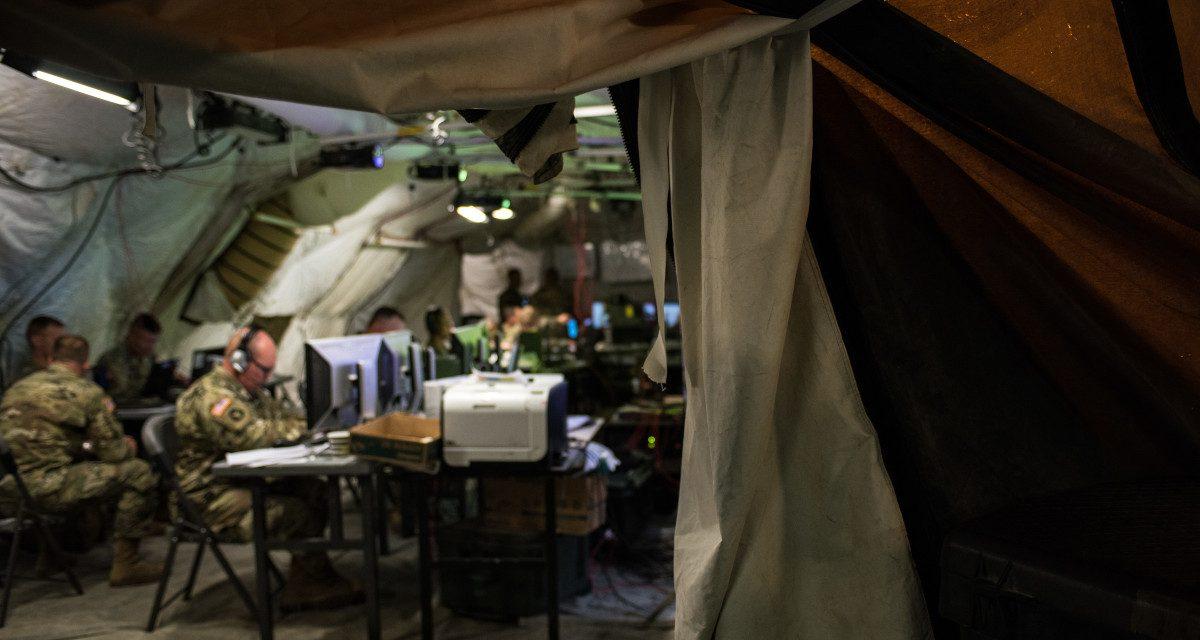DARSHANA M. BARUAH, NITYA LABH, JESSICA GREELY
The Indian Ocean region has been an important trade arena for centuries. Today, it remains critical to the security and stability of shipping lanes and trade routes, accounting for over one-third of the world’s bulk cargo traffic and two-thirds of the world’s oil shipments and ensuring global access to food, precious metals, and energy resources.1 Stretching from Africa’s eastern coast to Australia’s western coast, the region is home to thirty-three nations and 2.9 billion people. Given the region’s importance, many countries around the world work with regional partners to maintain open access to the Indian Ocean’s critical waterways and natural resources.
For decades, the Indian Ocean region has been erroneously studied through the continental divisions of Africa, the Middle East, and South Asia. But to understand the true importance and strategic advantages of the region, it must be viewed as one continuous theater.
The Carnegie Endowment for International Peace’s Indian Ocean Strategic Map does just that.2 Developed by Carnegie’s Indian Ocean Initiative, the map provides a coherent, continuous, and data-driven understanding of the players, security challenges, and other factors that shape the region (see figure 1). The first of its kind, it shows how the Indian Ocean’s economic, political, military, and geographic features interact to create a single geopolitical arena.














